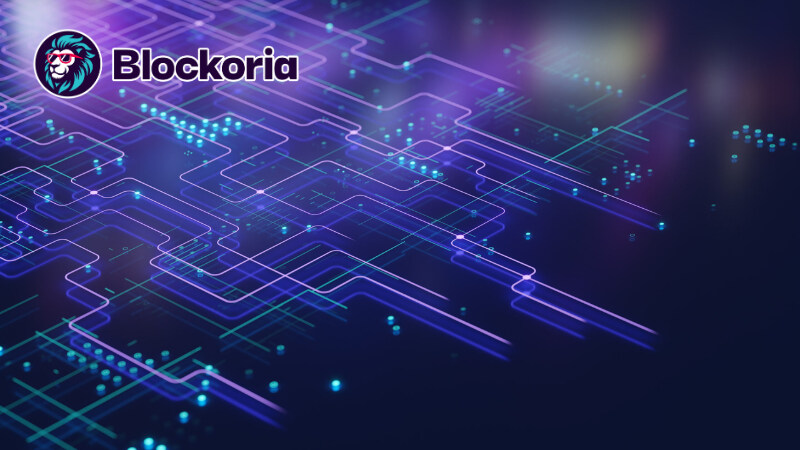.png)
The shift in global supply chains has begun not in the mines, but in the shops where specialized ASIC units are assembled. The largest hardware makers - Bitmain, Canaan and MicroBT - which control more than 90% of the global market, have launched pilot lines in the U.S. in an effort to shelter finished products from the cumulative 30% customs tariff announced in April.
The new logistics dramatically shift the balance of power. While North America accounts for about a third of the global hashrate, nearly all of the elemental base still comes from China. U.S. miners are forced to overpay for shipping and insure supplies, while Chinese assemblers bear the costs of relocation and certification. However, local supply can reduce the time it takes to get a farm up and running from six months to eight weeks, which is critical in the run-up to the next halving.
The economic incentive is obvious: Frost & Sullivan estimates the ASIC market to be worth $12 billion by 2028, and the utilization of new fabs can add up to 5 p.p. to manufacturers' gross margins due to tax incentives in industrial zones. At the same time, a regulatory factor is emerging. US companies such as Auradine are already lobbying for restrictions on imports of “sensitive electronics”, claiming security risks for power grids.
Marathon Digital, the largest publicly traded US miner, is betting on diversification: this morning the company led a $20 million round for Two Prime, gaining exclusive access to a 2,000 BTC interest income strategy instead of the previous 500. According to Marathon's chief investment officer, the deal will fund the purchase of a new generation of hardware without increasing its debt load.
Chinese vendors are responding flexibly. Bitmain has been assembling Antminer S21s on a leased line in Texas since December, Canaan has launched a trial batch, and MicroBT is contracting with EMS partners in California. Manufacturers are buying time before final rate configurations while testing local chip supply chains.
For mining pools and hosting centers, this is double news. Hardware is getting 8-12% more expensive due to factory relocations, but the availability of service in the US is reducing downtime. Hash density per megawatt is already increasing at US sites: operators are switching to more energy-efficient 5nm chips, offsetting the price pressure on electricity, which farms consume about 10GW of.
At the macro level, the White House's trade policy is accelerating a long-overdue shift: Bitcoin mining is becoming less and less dependent on Asian equipment and capital in the capital city, forming a self-sufficient ecosystem in North America. Minuses - higher capital costs and the need to retrain staff when models change. Pros - reduced logistical risks, an influx of high-tech jobs and a more transparent jurisdiction for institutional investors.
High competition within the industry is already driving technology leaps. The payback period for a new Antminer at $117,000 per BTC is holding around 14 months, and the expected reduction in power consumption to 18 J/TH has the potential to bring the figure back to the single-digit horizon. Investors are closely monitoring whether the upgraded supply chain will be able to deliver sufficient volume before halving 2028, when the reward per block drops to 1.5625 BTC.
The subsequent capacity allocation will show whether America will become a full-fledged hardware mining hub or whether the main production base will still remain in Southeast Asia. But it is already clear that the combined pressure of tariffs and capital is triggering a structural break that will move the industry from “where it's cheapest” to “where it's safest”.



